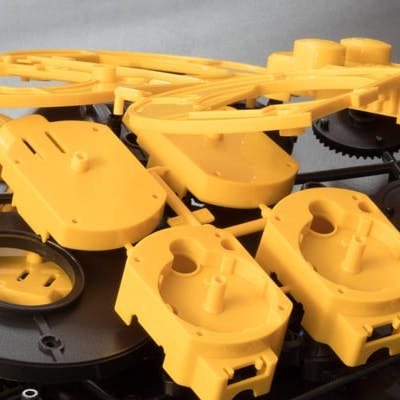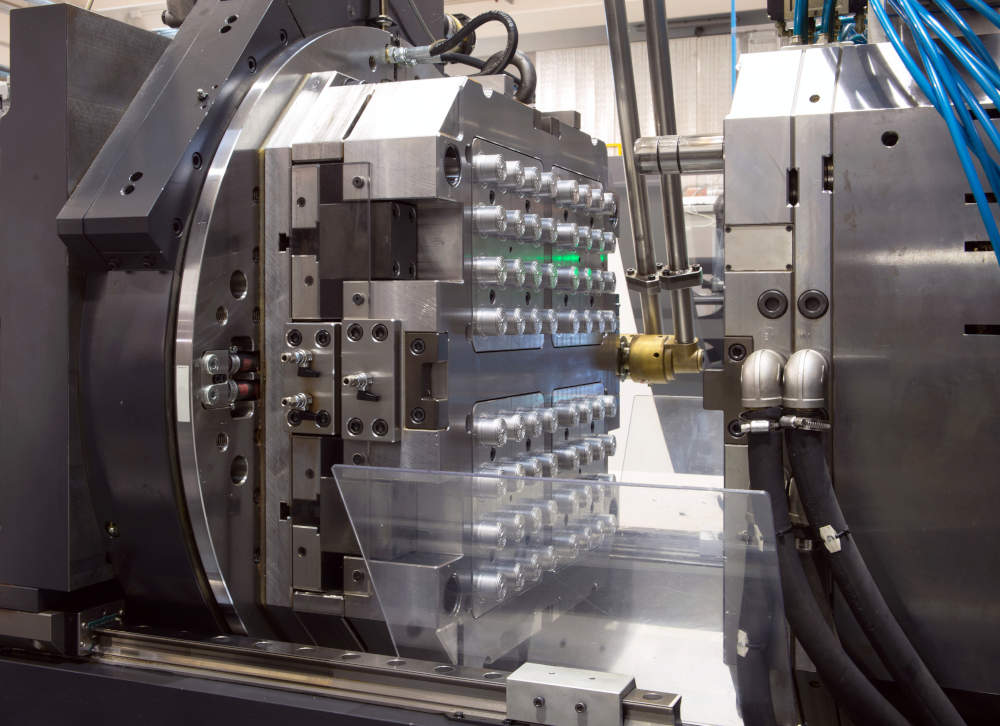Enhancing Item Advancement with Advanced Plastic Injection Molding Solutions
Enhancing Item Advancement with Advanced Plastic Injection Molding Solutions
Blog Article
Comprehending the Fundamentals of Plastic Injection Molding Procedures
Plastic shot molding serves as a cornerstone of modern production, offering a systematic technique to generating intricate components with precision. Checking out these important components can disclose how even small adjustments can lead to substantial renovations in manufacturing outcomes, elevating inquiries regarding the potential for technology in this established procedure.
What Is Plastic Shot Molding?
Plastic shot molding is a commonly utilized manufacturing process that transforms thermosetting and polycarbonate products into specific and complicated forms. This technique is preferred for its capacity to generate high quantities of similar parts with remarkable precision, making it an indispensable approach in different sectors, consisting of vehicle, durable goods, and clinical gadgets.
The process entails melting the chosen plastic material and injecting it into a mold under high pressure. The mold and mildew, designed to the requirements of the preferred part, allows the liquified plastic to materialize as it cools and strengthens. Once the product has hardened, the mold is opened up, and the ended up component is ejected.
Plastic shot molding offers a number of benefits, consisting of reduced waste, uniformity in production, and the capacity to integrate intricate designs that may be testing with other making methods. Furthermore, it sustains a wide series of materials, each supplying one-of-a-kind homes that can be tailored for certain applications. As sectors proceed to innovate, plastic shot molding continues to be at the center, enabling the development of advanced items that satisfy evolving consumer needs.
The Shot Molding Refine
The injection molding process is an advanced technique that entails numerous crucial stages to produce high-grade plastic components. At first, plastic pellets are fed right into a warmed barrel where they are thawed right into a thick liquid. This molten plastic is after that injected under high stress into a precision-engineered mold, which forms the material into the preferred kind.
As soon as the mold and mildew is filled up, the plastic is permitted to solidify and cool down, taking the form of the mold and mildew tooth cavity. Air conditioning time is essential, as it influences the cycle time and the final properties of the molded component. After sufficient air conditioning, the mold and mildew opens, and the ended up component is ejected utilizing ejector pins.

Materials Made Use Of in Shot Molding
Various materials can be utilized in the shot molding process, each offering unique homes that deal with particular applications. The most frequently used products consist of thermoplastics, thermosetting plastics, and elastomers.

Thermosetting plastics, like epoxy and phenolic materials, undergo a chemical modification throughout the curing procedure, resulting in a rigid, inflexible structure. These materials are excellent for applications calling for high heat resistance and architectural integrity, usually utilized in electrical insulators and automotive components.
Elastomers, including silicone and rubber-based materials, supply adaptability and durability. Their distinct buildings make them appropriate for applications that demand elasticity, such as gaskets and seals.
In addition, specialized products like bio-based plastics and composites are obtaining grip for their environmental advantages and enhanced performance characteristics, broadening the range of injection molding applications in numerous markets. Understanding the properties of these materials is important for choosing the proper type for specific projects.
Benefits of Shot Molding
Injection molding stands out as a very reliable production procedure that provides many benefits for producing intricate get rid of precision. One of the most considerable benefits is the capability to produce detailed layouts that would be impossible or challenging to attain with various other methods (Plastic Injection Molding). The procedure permits tight tolerances and detailed attributes, making sure high-grade parts
Additionally, shot molding is understood for its quick production capacities, making it an ideal selection for high-volume manufacturing. When the mold is produced, components can be created quickly, reducing preparations and enhancing overall productivity. This performance not only decreases manufacturing expenses but additionally offers a competitive side in the market.
The convenience of materials utilized in shot molding further boosts its appeal. A vast array of thermoplastics and thermosetting polymers can be employed, permitting producers to pick products that best fulfill their particular needs, including versatility, warm, and stamina resistance.
Additionally, the process minimizes waste, as excess product can commonly be reused and recycled. This sustainability aspect adds to a decreased ecological influence, making injection molding an accountable manufacturing choice. On imp source the whole, the advantages of injection molding make it a preferred approach for numerous industries.
Factors Impacting Product Quality
While countless aspects can influence product top quality in injection molding, recognizing these components is critical for achieving optimal outcomes. Trick aspects consist of material option, refining specifications, and mold and mildew style.
Material choice plays an essential duty, as different polymers display one-of-a-kind homes that affect flowability, strength, and thermal stability. Inadequate product selection can cause flaws such as bending or insufficient filling.
Processing specifications, consisting of stress, temperature level, and cycle time, have to be meticulously controlled. Variations in these settings can result in variances partially dimensions and surface area coating. For example, excessively high temperature levels Get More Info may cause destruction of the polymer, while poor pressure can lead to short shots.
Mold design is just as important, as it identifies the circulation of the molten plastic and the cooling process. Poorly developed molds may bring about uneven air conditioning prices, causing residual anxieties and dimensional mistakes.

Final Thought
To conclude, plastic injection molding functions as an important manufacturing process that enables the efficient production of premium parts. Mastery of the shot molding procedure, consisting of the understanding of products and the influence of various factors on item top quality, is vital for achieving optimum outcomes. The benefits of this method, such as cost-effectiveness and style adaptability, further emphasize its value across multiple industries, strengthening its standing as a recommended choice for high-volume production.
Plastic shot molding serves as a keystone of modern-day manufacturing, giving a systematic approach to producing intricate elements with precision.Plastic injection molding supplies a number of benefits, consisting of reduced waste, uniformity in production, and the ability to include complex designs that may be challenging with various other manufacturing approaches (Plastic Injection internet Molding). As sectors proceed to innovate, plastic shot molding continues to be at the forefront, allowing the advancement of innovative products that satisfy evolving consumer needs
The injection molding process is an innovative technique that entails several crucial phases to create premium plastic elements.In final thought, plastic shot molding serves as a vital manufacturing procedure that makes it possible for the reliable production of high-quality parts.
Report this page